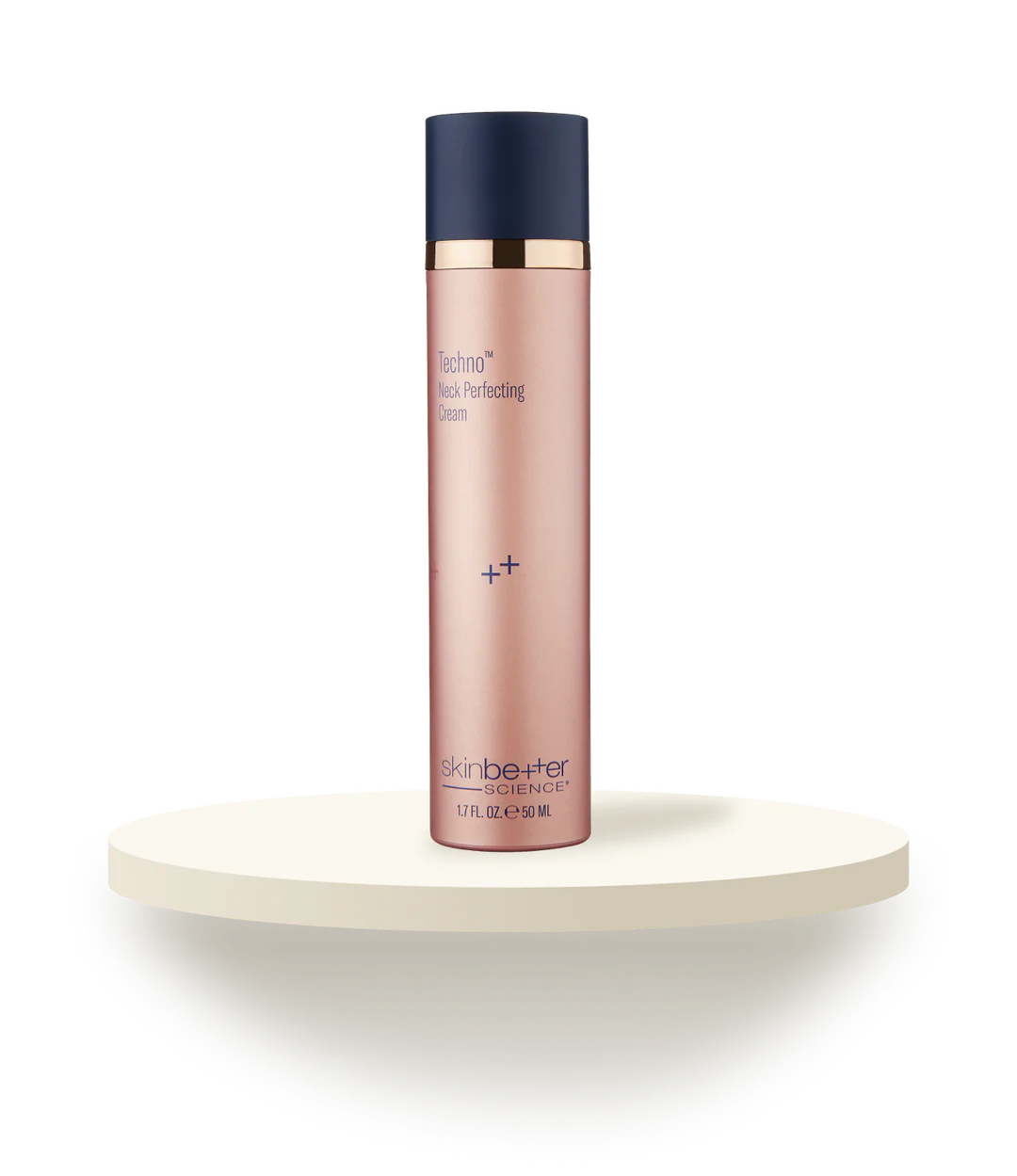Types of Moles
Moles are classified as regular, irregular, or cancerous. Regular moles are small, round, symmetrical, may be raised or flat, and of uniform color. They are typically harmless and benign.
Unusual moles tend to have asymmetrical borders, present with multiple colors, are often flat, and are typically larger than a pencil eraser. Having 20 or more irregular moles increases the chances of developing skin cancer, especially in those with a family history of melanoma.
Some congenital moles (present at birth) grow to more than 8 inches in diameter. While these moles rarely become melanomas, they are linked to a greater overall chance of skin cancer.
Cancerous moles are highly irregular skin imperfections. They are commonly asymmetrical and are likely to change in appearance. These malignant moles are most common on the shoulders, back, neck, and ears where people receive the most exposure to sunshine.
Difference between Moles & Warts
Like a mole, a wart can be smooth to the touch on the surface. However, warts are scaly, thick, and hard, like a callus growing underneath the skin. Commonly, warts contain a pattern of small black dots which are tiny blood vessels that have become clotted.
Warts occur because the person comes in contact with the human papillomavirus (HPV), a blanket term for more than 150 similar viruses. This is a contagious virus and common warts are transmitted via casual skin contact or sexual contact. You can get a wart from a handshake, sharing a bath towel, or borrowing somebody’s shoes.
Picking at a wart, biting your fingernails near a wart, or scraping the skin near a wart can transmit the virus and cause new warts to develop.
A wart can take 2-6 months to develop after coming in contact with the HPV. Warts can be painful but are normally harmless otherwise. In order to get rid of a wart, all the skin cells that have the virus have to be eliminated. At-home wart removal products can work but many users fail to use them consistently or for an adequate time period.
The best way to have a wart removed is to have your dermatologist freeze it off using liquid nitrogen. It is important to have warts removed promptly because you can spread them to others, or reinfect yourself.
Skin tags are little flaps of skin that form because of friction caused by rubbing against a collar, clothes, or other areas of skin, like under the arm. Unlike a mole, a skin tag is just a ball of skin tissue that is attached by a thin pedestal of flesh.
Skin tags are normally harmless. However, they can be irritating and may get snagged on various objects, which may then cause them to bleed or be painful. Your dermatologist can quickly and simply remove these small flaps of skin.
Moles, Melanoma, & Cancer: When to be Concerned
Most moles are not cancerous and cause no serious health concerns. However, moles should be monitored for rapid changes that could indicate a developing melanoma. Contact your doctor to diagnose any mole that you notice:
Is itchy, bleeding, or painful
Is multicolored or changes colors
Is asymmetrical or increasing in size
Changes from being flat to raised
The American Academy of Dermatology asserts that if you have more than fifty common moles, or at least several atypical moles, then you should perform self-exams every month, and have a professional examination by a dermatologist at least once yearly.
Procedures for Mole Removal
The only reliable way to treat a mole is surgical removal. The outpatient procedure is quick, effective, safe, and relatively painless. A local anesthesia agent will be used to numb the area of the lesion to be removed. Permanent scarring may result.
Regular moles do not cause any harm and do not need to be removed or treated for medical concerns. Some people actually like having moles that they feel accentuate their physical attractiveness. Marilyn Monroe and Cindy Crawford are classic examples.
The three mole removal procedures used most are:
Shave Excision
Punch Excision
Surgical Excision
Shave Excision
Shave excision of a superficial mole uses a surgical razor to make multiple horizontal slices in a mole to remove it down to the surface of the skin. The dermatologist may also use a dermal loop electrode to feather the edges of the shaved area to reduce future scarring. This procedure costs up to $500 and causes very little downtime. However, it may not be invasive enough to remove moles that penetrate deeper into the skin.
Punch Excision
A punch excision can be used to remove moles that extend deeper than the surface of the skin, as long as the lesion is no more than 8 mm in diameter. The device used actually punches a hole into the skin to penetrate below the mole. The circular “plug” of skin is then taken out, and the resulting hole is sutured and bandaged.
Surgical Excision
Also referred to as “full thickness excision”, surgical excision is used to remove entire moles greater than 8 mm in diameter that penetrate below the skin’s surface. This is the most invasive type of mole removal procedure and is used to remove moles with irregular borders that penetrate as deeply as the subcutaneous fat layer under the dermis.
Home Remedies
There are various fading creams, bleaches, and mole freezing chemicals available without a prescription for those who wish to remove their moles at home. However, these products fail to work for many people. They can also lead to infections in moles that were harmless, to begin with.
While these DIY products might help to improve the appearance of brown spots or other skin lesions, they are not the recommended treatment course for moles. Likewise, moles may respond to freezing with liquid nitrogen, laser therapy, and chemical peels, however, it is not recommended for mole removal. The only reliable and safe method for removing a mole is one of the mildly-invasive surgeries listed above.



